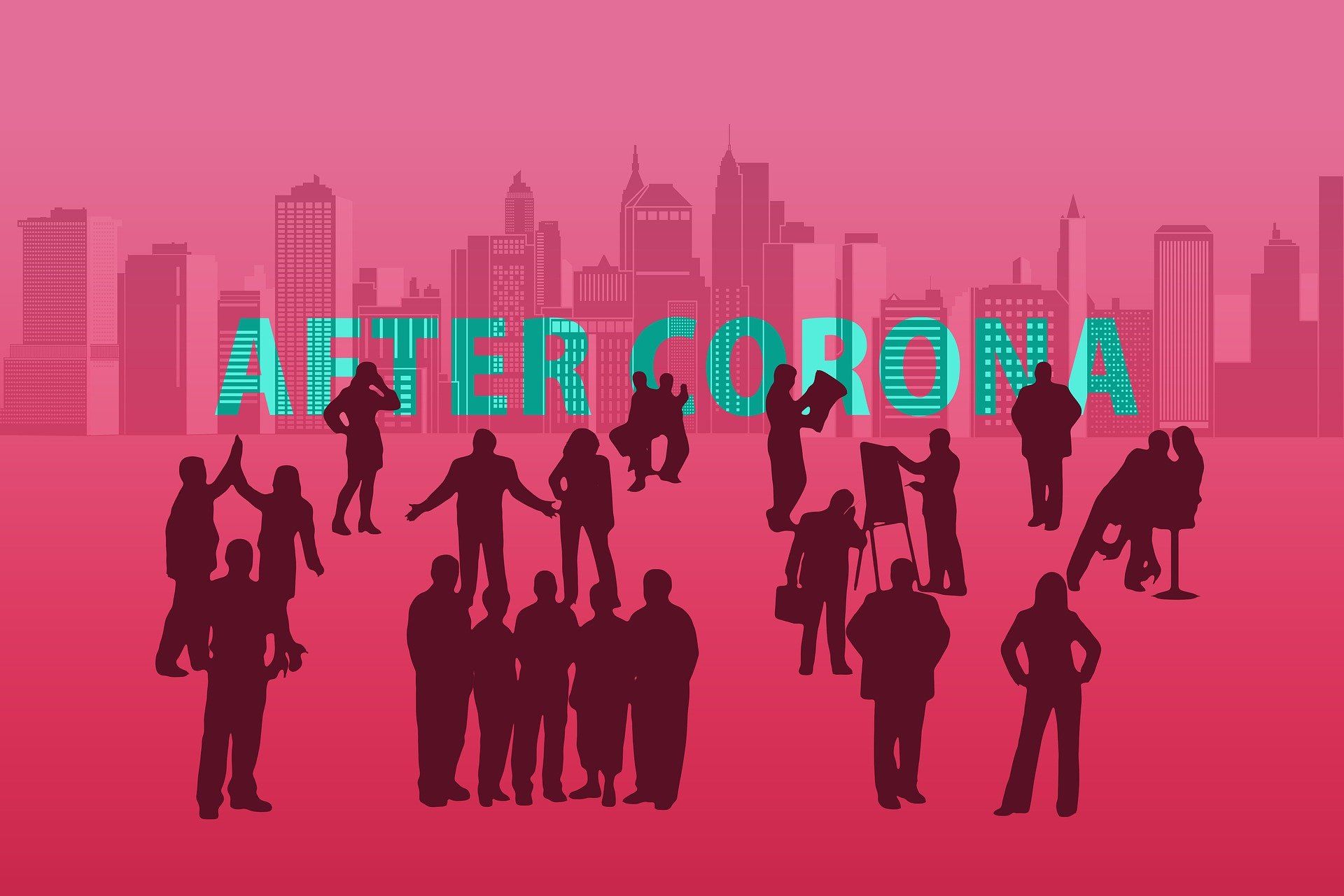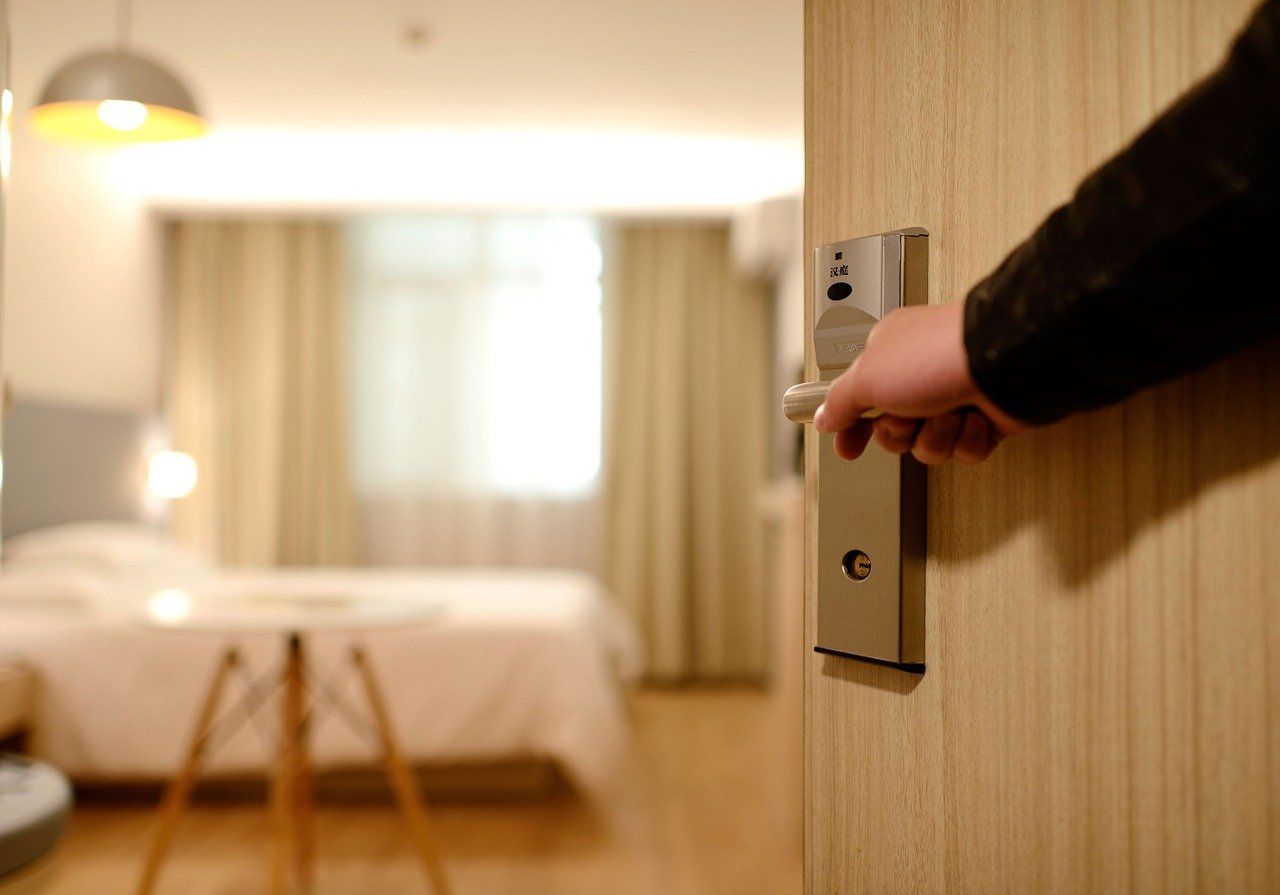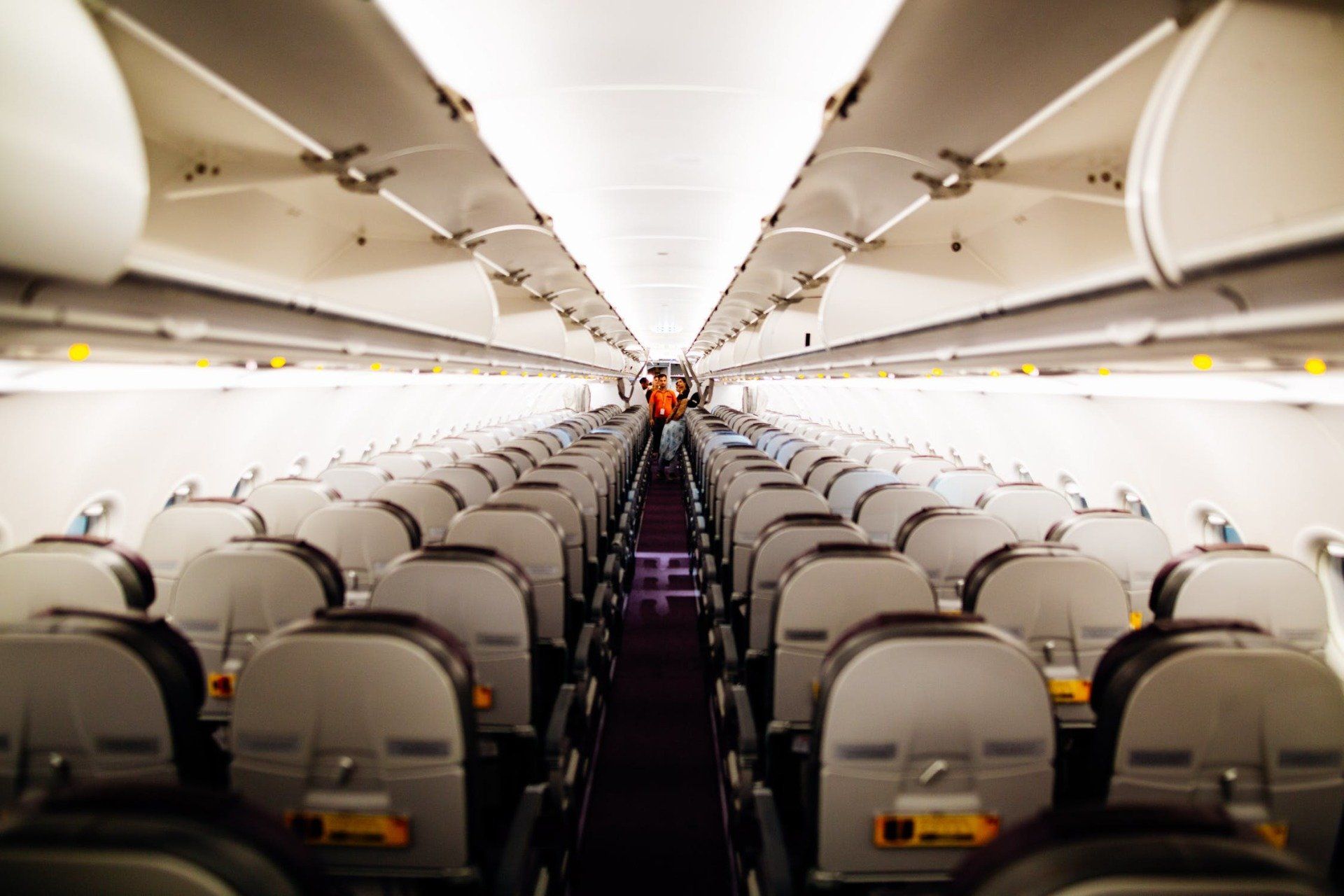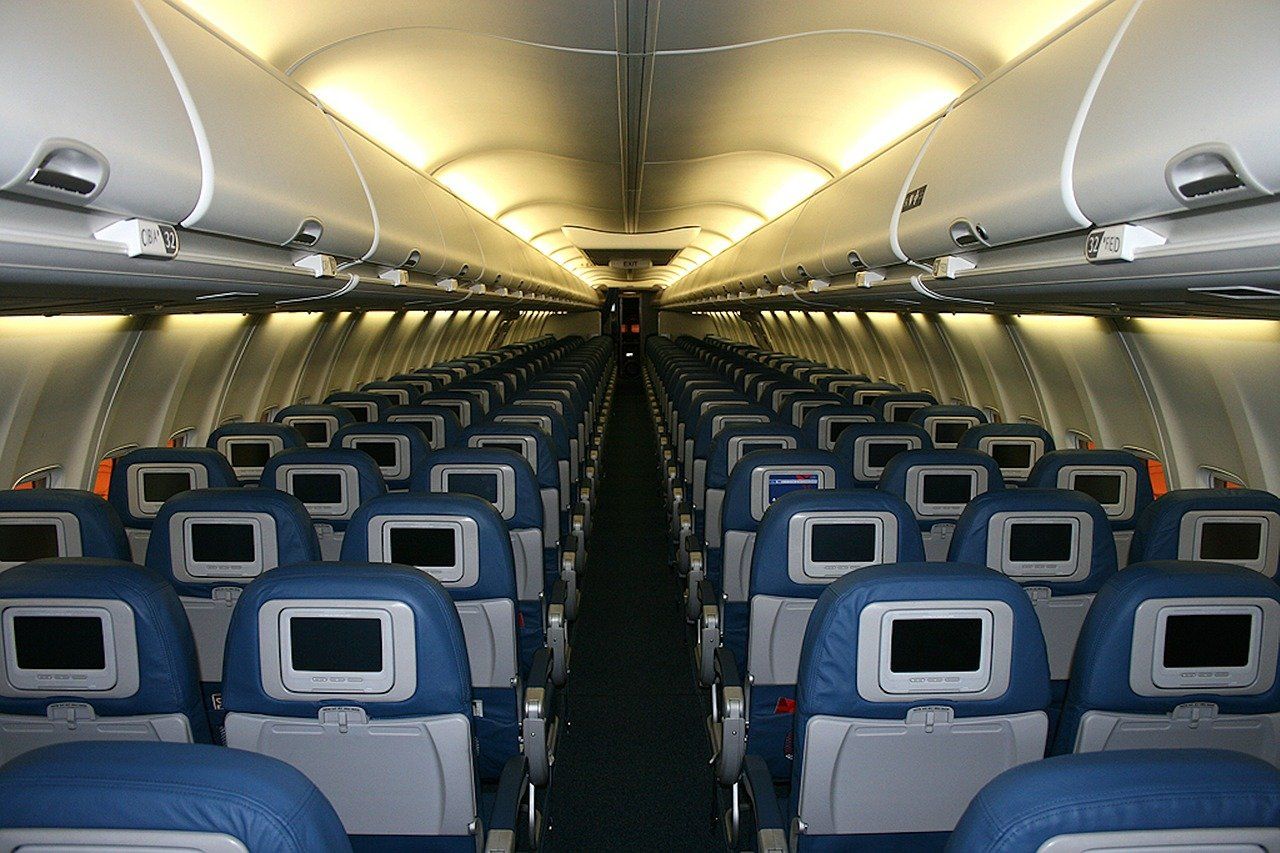Tips to Creating Better Meetings
- By Jessica Elmore
- •
- 06 Oct, 2018
- •
Many employees view meetings with a mixture of apprehension and annoyance. Meetings are often hijacked by one or two participants who feel that their opinions have greater validity than anyone else’s. Managers with undeveloped presentation skills read scripted PowerPoint presentations that do little more than summarize what everyone already knows. Meeting participants then leave meetings with a feeling of having wasted an hour or more that could have been used for more productive tasks.
Several years will elapse before intelligent meeting rooms become a common reality. Until then, meeting organizers can still use technology to plan and implement a productive meeting that provides real benefits to meeting participants. Meeting and event planning experts typically recommend a few critical matters that can keep a meeting from devolving into chaos and confusion.
Several years will elapse before intelligent meeting rooms become a common reality. Until then, meeting organizers can still use technology to plan and implement a productive meeting that provides real benefits to meeting participants. Meeting and event planning experts typically recommend a few critical matters that can keep a meeting from devolving into chaos and confusion.
Helpful Tips:
– Prepare and distribute an agenda around a common theme, and do not deviate from the theme. Appoint an agenda monitor to call meeting participants out when they deviate from the agenda.
– Keep PowerPoint presentations to fifteen or twenty slides, with no one slide having more than twenty words. Reading the text on a lengthy PowerPoint presentation is a sure-fire way to shut down productivity.
– When a critical decision needs to be made, poll meeting participants ahead of time to understand their interests before you get to the meeting.
– If appropriate, end the meeting with a defined list of action items that are assigned to participants with deadlines and reporting obligations.
– In order to keep a meeting short, remove the chairs from a meeting room. Meeting attendees will be more likely to stay on track if they are standing.
– To prevent attendees from getting sleepy, keep the temperature of the room a bit colder. A warm room, especially after lunch, causes people to doze off.
If you need assistance with planning or implementing a meeting or an event, contact a professional event planner for assistance. Elm Planning uses the latest technology to plan and structure all phases of meetings and events, from conception and venue and vendor selection, through event and activity selection and implementation. Please visit our website for more information on how we can organize and administer a productive meeting or event for your organization.
– Keep PowerPoint presentations to fifteen or twenty slides, with no one slide having more than twenty words. Reading the text on a lengthy PowerPoint presentation is a sure-fire way to shut down productivity.
– When a critical decision needs to be made, poll meeting participants ahead of time to understand their interests before you get to the meeting.
– If appropriate, end the meeting with a defined list of action items that are assigned to participants with deadlines and reporting obligations.
– In order to keep a meeting short, remove the chairs from a meeting room. Meeting attendees will be more likely to stay on track if they are standing.
– To prevent attendees from getting sleepy, keep the temperature of the room a bit colder. A warm room, especially after lunch, causes people to doze off.
If you need assistance with planning or implementing a meeting or an event, contact a professional event planner for assistance. Elm Planning uses the latest technology to plan and structure all phases of meetings and events, from conception and venue and vendor selection, through event and activity selection and implementation. Please visit our website for more information on how we can organize and administer a productive meeting or event for your organization.

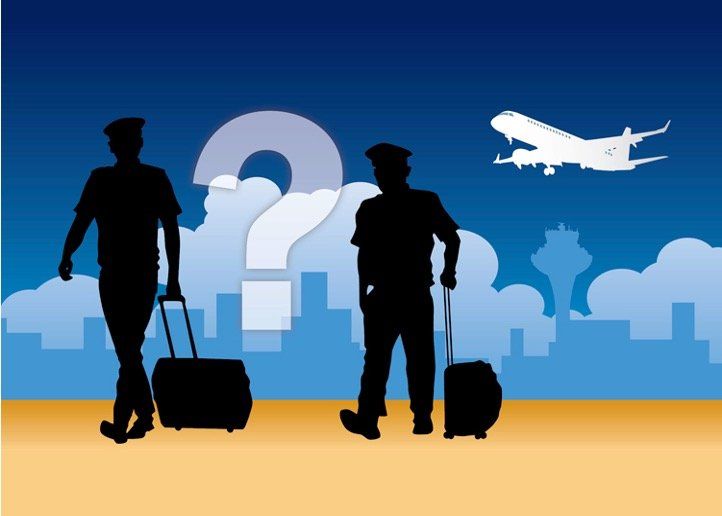
During the pandemic, thousands of pilots were offered early retirement packages in order to cut labor bills due to the lack of travel demand. Now that travel for pleasure and business is rebounding from the pandemic, approximately 14,000 flights in the US were recently cancelled or delayed due to the lack of pilots, carriers, and other staff.



